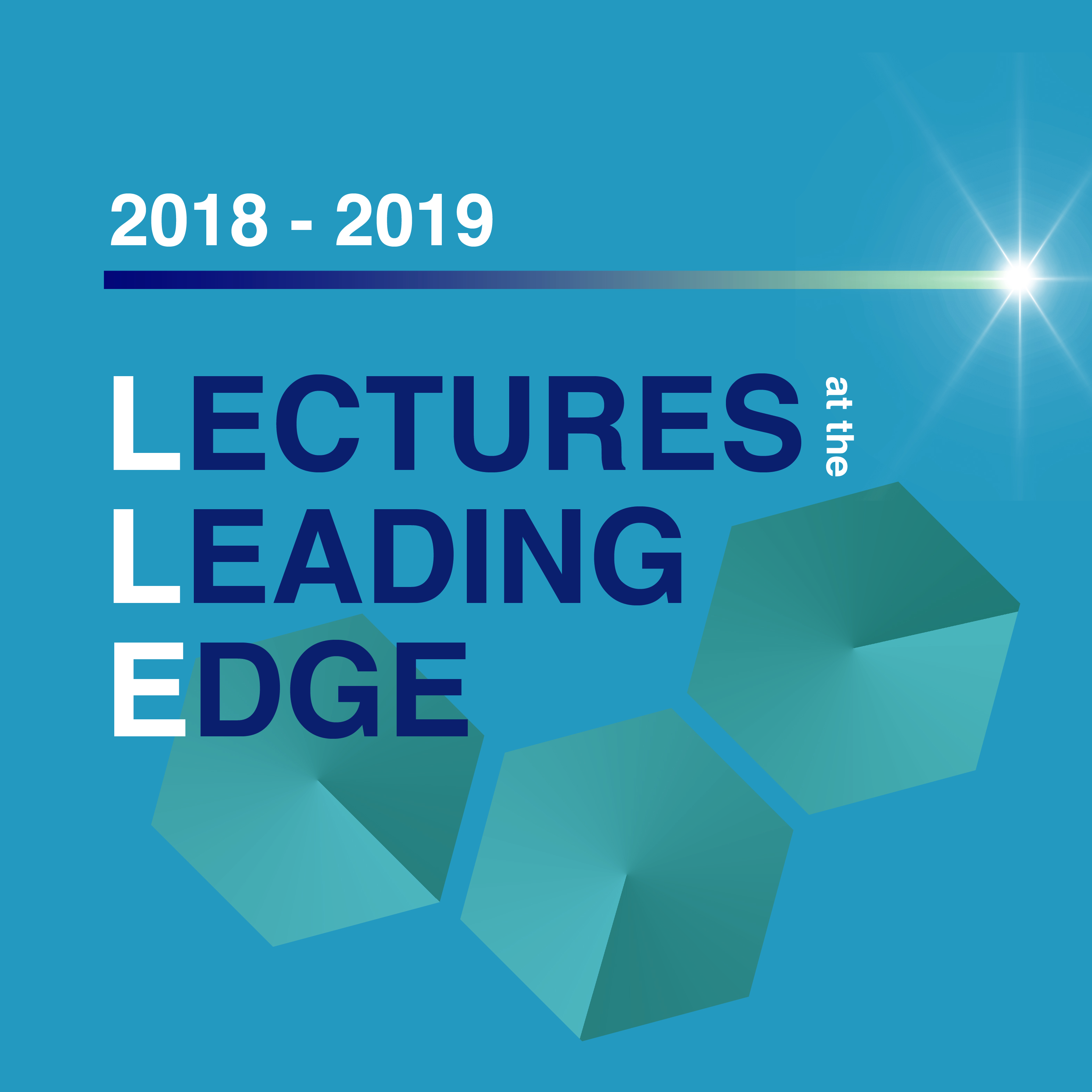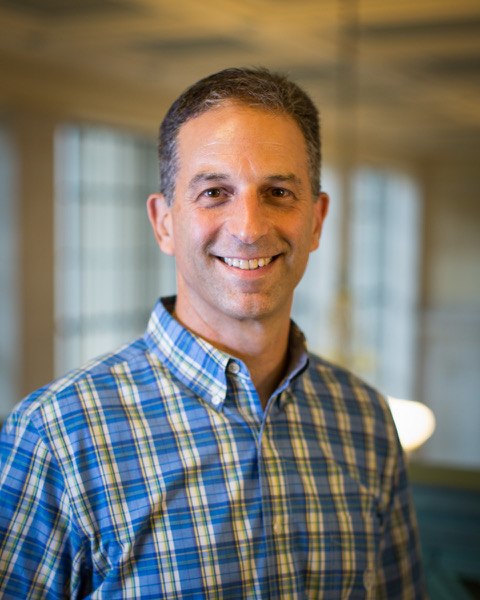200 College St
Toronto, ON M5T 3A1
Canada

RON WEISS
Massachusetts Institute of Technology
Mammalian Synthetic Biology: Foundation and Therapeutic Applications
Synthetic biology is revolutionizing how we conceptualize and approach the engineering of biological systems. Recent advances in the field are allowing us to expand beyond the construction and analysis of small gene networks towards the implementation of complex multicellular systems with a variety of applications. In this talk I will describe our integrated computational / experimental approach to engineering complex behavior in a variety of cells, with a focus on mammalian cells. In our research, we appropriate design principles from electrical engineering and other established fields. These principles include abstraction, standardization, modularity, and computer aided design. But we also spend considerable effort towards understanding what makes synthetic biology different from all other existing engineering disciplines and discovering new design and construction rules that are effective for this unique discipline. We will briefly describe the implementation of genetic circuits and modules with finely-tuned digital and analog behavior and the use of artificial cell-cell communication to coordinate the behavior of cell populations. The first system to be presented is a multi-input genetic circuit that can detect and destroy specific cancer cells based on the presence or absence of specific biomarkers in the cell. We will also discuss preliminary experimental results for obtaining precise spatiotemporal control over stem cell differentiation for tissue engineering applications. We present a novel approach for generating and then co-differentiating hiPSC-derived progenitors with a genetically engineered pulse of GATA-binding protein 6 (GATA6) expression. We initiate rapid emergence of all three germ layers as a combined function of GATA6 expression levels and tissue context. We ultimately obtain a complex tissue that recapitulates early developmental processes and exhibits a liver bud-like phenotype that includes haematopoietic and stromal cells, as well as a neuronal niche. This complex organoid can be used for drug development and potentially for tissue transplantation.
_____________________________________________________
 RON WEISS is Professor in the Departments of Biological Engineering and of Electrical Engineering and Computer Science at MIT, and is the Director of the Synthetic Biology Center. Professor Weiss is one of the pioneers of synthetic biology, and has been engaged in synthetic biology research since 1996 when he was a graduate student at MIT. After completion of his PhD, Weiss joined the faculty at Princeton University, and then returned to MIT in 2009 to take on a faculty position. The research pursued by Weiss since those early days has placed him in a position of leadership in the field, as evidenced both by publications from his lab as well as a variety of awards and other forms of recognition. He pursued several aspects of synthetic biology, including synthesis of gene networks engineered to perform in vivo analog and digital logic computation. The Weiss lab also published seminal papers in synthetic biology focused on programming cell aggregates to perform coordinated tasks using engineered cell-cell communication with chemical diffusion mechanisms such as quorum sensing. Several of these manuscripts were featured in a recent Nature special collection of a select number of synthetic biology papers reflecting on the first 10 years of synthetic biology. While work in the Weiss lab began mostly with prokaryotes, during the last 5 years a majority of the research in the lab shifted to mammalian synthetic biology. The lab focuses both on foundational research, e.g. creating general methods to improve our ability to engineering biological systems, as well as pursuing specific health related applications where synthetic biology provides unique capabilities.
RON WEISS is Professor in the Departments of Biological Engineering and of Electrical Engineering and Computer Science at MIT, and is the Director of the Synthetic Biology Center. Professor Weiss is one of the pioneers of synthetic biology, and has been engaged in synthetic biology research since 1996 when he was a graduate student at MIT. After completion of his PhD, Weiss joined the faculty at Princeton University, and then returned to MIT in 2009 to take on a faculty position. The research pursued by Weiss since those early days has placed him in a position of leadership in the field, as evidenced both by publications from his lab as well as a variety of awards and other forms of recognition. He pursued several aspects of synthetic biology, including synthesis of gene networks engineered to perform in vivo analog and digital logic computation. The Weiss lab also published seminal papers in synthetic biology focused on programming cell aggregates to perform coordinated tasks using engineered cell-cell communication with chemical diffusion mechanisms such as quorum sensing. Several of these manuscripts were featured in a recent Nature special collection of a select number of synthetic biology papers reflecting on the first 10 years of synthetic biology. While work in the Weiss lab began mostly with prokaryotes, during the last 5 years a majority of the research in the lab shifted to mammalian synthetic biology. The lab focuses both on foundational research, e.g. creating general methods to improve our ability to engineering biological systems, as well as pursuing specific health related applications where synthetic biology provides unique capabilities.
Download the lecture poster HERE
For more information on Lectures at the Leading Edge 2018-19 click HERE